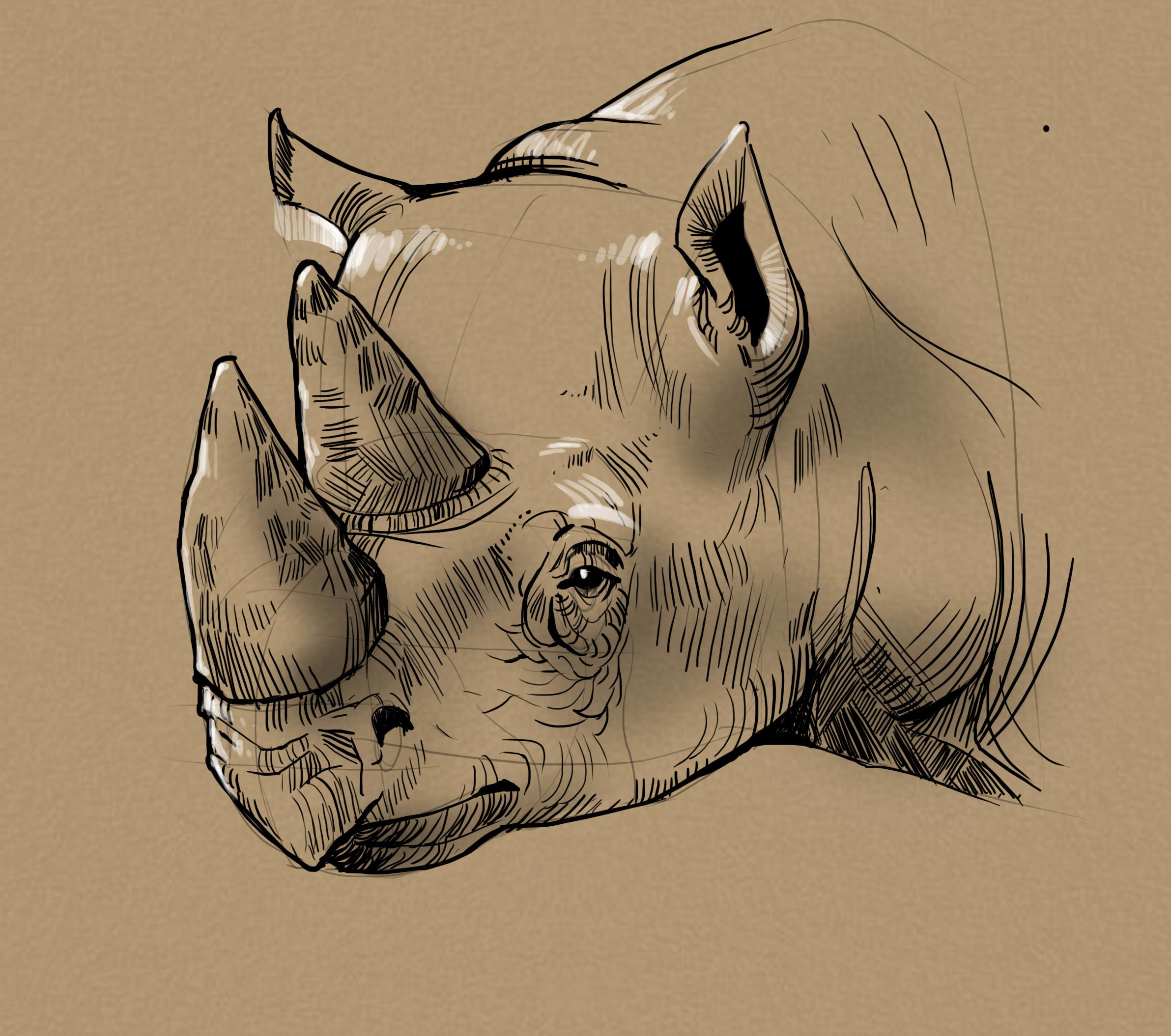

Later in the year, the king despatched the animal as a gift to Pope Leo X in Rome, but, after breaking the journey at Marseilles, where it was seen by King Francis I of France and his queen, it drowned when the ship sank. The king determined to put to the test Pliny the elder’s description of a natural animosity between the rhinoceros and the elephant, and arranged a fight to take place between the recent arrival and one of his elephants on 3 June 1515. The rhinoceros had been presented by the ruler of Gujarat, Sultan Muzafar II to the governor of Portuguese India, Alfonso d’Albuquerque, who sent it on to King Manuel I in Lisbon, where it arrived on. It must have been the subject of great interest when it arrived in Portugal.

Koerner in 'Dürer and his Legacy', 2002, p.31 ). Dürer's image shows the first rhinoceros to reach Europe alive since the third century AD, and although much of its appearance is fanciful, it is thought to represent a species of Indian rhinoceros (see J.L. Curator's comments This is Dürer’s preparatory study for his famous woodcut of a rhinoceros of 1515 (Meder 273) of which there is an impression of the first state in the collection (see 1895,0122.714).


 0 kommentar(er)
0 kommentar(er)
